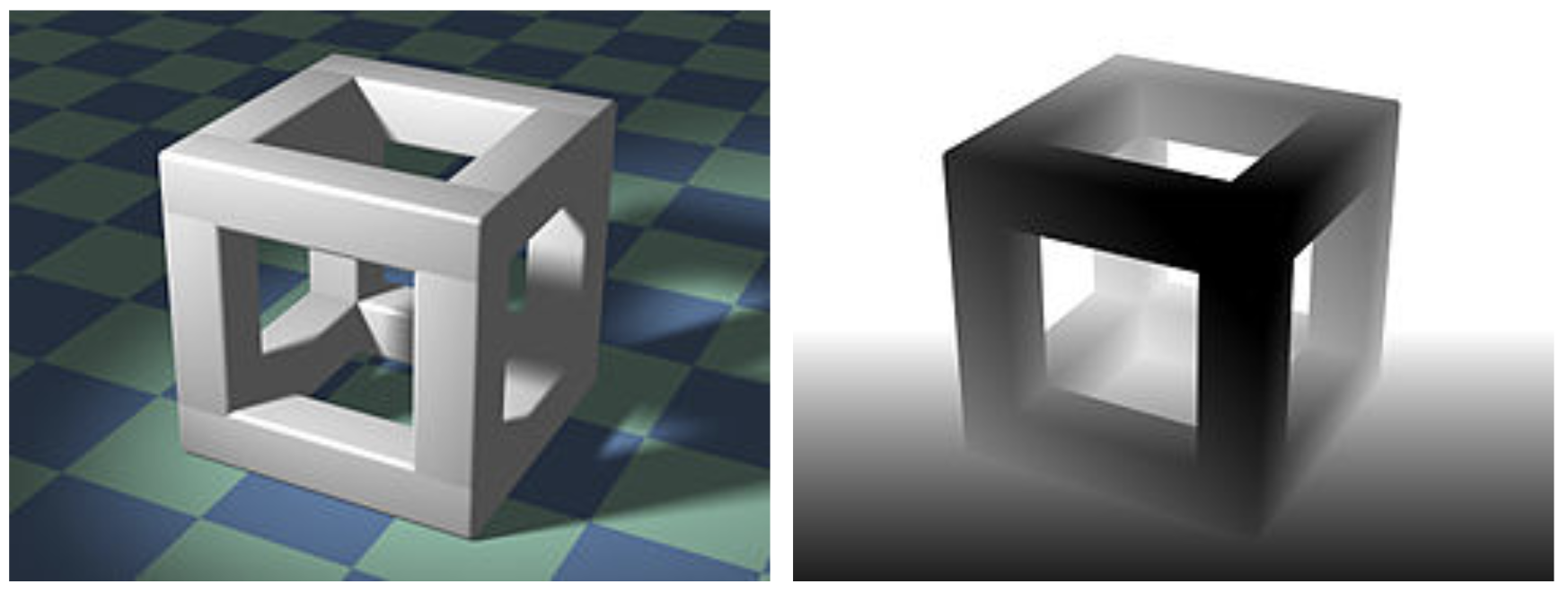Body Measurement Machine Learning
2019 spatially conditioned generative adversarial nets klemmer et al.
Body measurement machine learning. This research provides more than 35 measurements rules derived from the perspectives of vitruvian man and neufert and their basis of the golden proportion to build a human body model on computers for the use of multimedia. Yasin ersever updated 2 years ago version 2 data tasks notebooks 20 discussion 1 activity metadata. Machine learning provides an entirely new way to tackle one of the classic problems of applied mathematics. Our device is a laterally defined quantum dot fabricated by patterning tiau gates over a gaasalgaas heterostructure containing a two dimensional electron gas fig.
We train our neural networks with fully measured human body images with pre arranged keypoints. With this enhanced ability to obtain anthropometry through 3d scanning quickly of large populations our machine learning approach for pairing body shapes from large datasets to smaller datasets. 500 person gender height weight body mass index height and weight random generated body mass index calculated. Download 8 kb new notebook.
The displacement of objects in the 2 pictures can be used to find depth info. 2 cameras placed at same height but separated by a small horizontal distance. Machine learning we use neural networks to detect and determine keypoints and produce a set of probability maps for each keypoint. The measurements are based on 25 proportional rules derived from 15 proportions given by vitruvian man and 29 golden proportions in bauentwurfslehre by ernst neufert.
A neural net solves the three body problem 100 million times faster. Alfredo martinez3 jean michel oppert4 and thorkild ia sørensen5 1school of school of built environment engineering computing. You can easily get depth info using stereoscopic cameras i. 1bin this device.
2019 geo gan with reconstruction and style losses ganguli et al. Machine learning assisted many body entanglement measurement johnnie gray 1leonardo banchi abolfazl bayat21 and sougato bose1 1department of physics and astronomy university college london gower street london wc1e 6bt united kingdom 2institute of fundamental and frontier sciences university of electronic science and technology of china chengdu 610051 china.



















